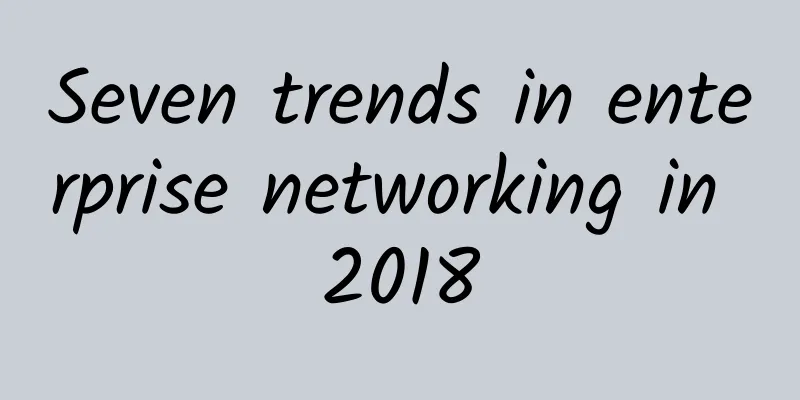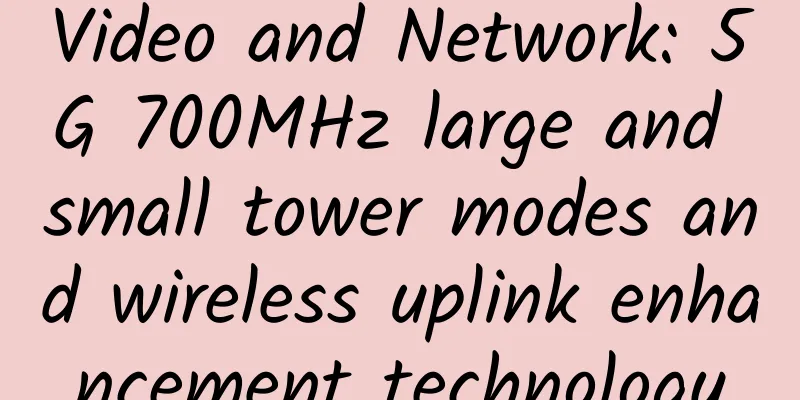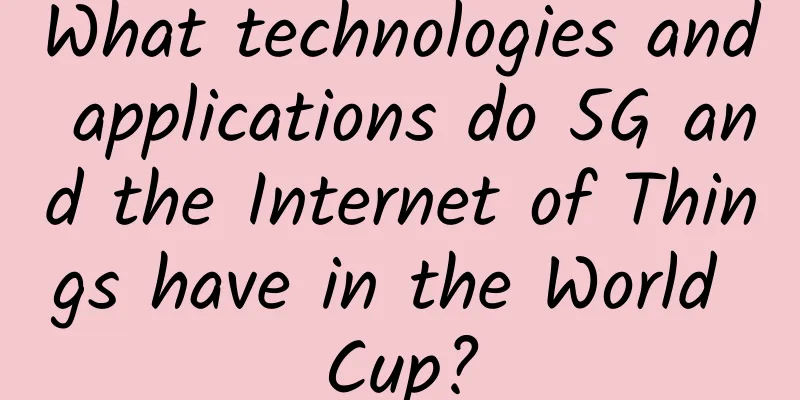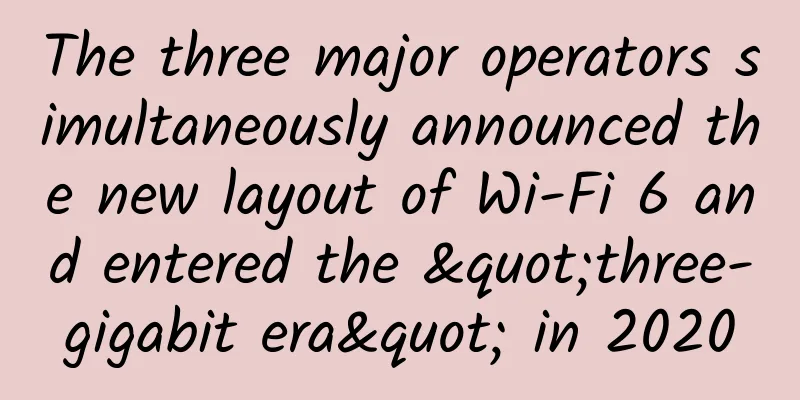What is 6G and how close are we to its launch?

|
No, you read that correctly - 6G. Considering that the full benefits of 5G have yet to be tapped and some devices are still locked on 4G, it seems a little early to set our sights on the next generation of mobile network technology. But that's normal, as one generation launches, the next one is already being developed in the wings, ready to make a big splash in the coming years. But what is there to talk about 6G so far, what might it achieve, and when can we expect to benefit from its rollout? What does 6G mean? 6G will be the sixth generation of wireless mobile technology, following 5G. Launched in the 1980s, 1G was purely analog and was eventually replaced by the fully digital 2G in 1991. 3G - which you might still connect to if you find yourself in a rural area - arrived with the new millennium in 2001, and 4G followed soon after, fueling the explosion of smartphones and social media. 5G is still being introduced in much of the UK and its international rollout has been mixed. As the latest generation, it is capable of delivering the fastest data speeds yet, as well as low enough latency to support cutting-edge technologies including augmented reality (AR) and the expanding Internet of Things (IoT). Like previous network additions, 6G will improve upon the capabilities of its predecessors, offering lower latency and higher throughput than its predecessors. But its exact shape remains uncertain. Since 6G is still relatively early in its R&D cycle, its precise spectrum allocation and standards have yet to be determined. The Institute of Electrical and Electronics Engineers (IEEE) has proposed that frequencies between 100 GHz and 3 THz should be used for 6G. “Data rates of 100 Gbps or higher will flourish at frequencies above 100 GHz, where available spectrum is abundant,” the IEEE said. However, the same challenges encountered in 5G mmWave deployment must be considered here, where the very high frequencies face interference from materials such as walls and concrete. To realize the full potential of 6G, more work needs to be done on precise distribution and promotion. The United States and Japan have announced their intention to collaborate on international 6G standards, in part to prevent Chinese equipment makers and mobile network operators from expanding their markets too early. While the experience improvement from 4G to 5G is noteworthy, especially for enterprises, the adoption of 6G could catalyze massive changes across industries. 5G is already considered quite fast, with a peak data rate of 10 Gbits per second, but 6G's peak data rate could be 10 times faster, reaching 100 Gbits per second. Some researchers believe 6G's theoretical peak could be even higher, reaching 1 terabit per second, or 1,000 Gbit/s. In its 2021 white paper, "Extremely Large MIMO for Boosting Macrocell Capacity in 5G-Advanced and 6G," Nokia said they expect mid-band spectrum for 6G networks will also be able to "deliver approximately 20 times the capacity of basic 5G in the 3.5 GHz band." What will 6G be used for? In theory, 6G could be used to transmit data with a latency of 1 microsecond (0.001 millisecond). In addition to providing unprecedented streaming connection stability for applications such as video conferencing or gaming, this could also have far-reaching implications for areas such as medical technology. Such low levels of latency could be used to significantly improve assistive tools such as prosthetics, or to facilitate systems that respond to inputs at near real-time speeds, enabling data exchange at a speed close to that of human thought. On top of that, this level of information transfer — pushed through the network — could lead to major advances in mobile artificial intelligence (AI), enabling phones to send and receive far more packets of data to be processed in the cloud. 6G will also likely build on 5G’s initial success in enabling reliable operation of IoT devices and networks. With the aforementioned lower latency and increased data loads compared to 5G, the arrival of 6G may also coincide with greater automation and automated equipment, such as warehouse robots, throughout factories. The technology could be used to stabilize supply chains, improve efficiency and real-time data transmission in transport hubs and smart ports. Using 6G in private networks, like the 5G private networks deployed by Nokia and Kyndryl, could also be key to Industry 4.0 and facilitate real-time data transmission at the scale required for big data analytics. The workplace is also likely to be transformed by 6G as new network standards are adopted. The promise of the metaverse, which still lacks a clear business case, may eventually be realized in a usable form through detailed 3D augmented reality (AR) conferencing enabled by 6G bandwidth. When can we get 6G? Before you get too excited at the thought of being able to send 4K videos faster than ever before, or never having to wait for your phone to download large files, it's worth remembering that 6G is still very far away. Although the technology is currently being researched, it's still in its infancy and will take years of development and rollout before businesses can use it. Don't plan your company's 6G network just yet, as the technology is still under development. In December 2022, Qualcomm outlined its goal of deploying 6G technology in "2030 and beyond," and other organizations are also working toward that goal. Research into 6G technology is continuing, with Finland's University of Oulu saying "basic research is 10 to 15 years ahead of industrial standards". 6G projects funded by governments around the world have made headlines. China reported a successful 100-200Gbit/s wireless test, Nokia is leading Germany’s 6G-Anna project to advance an end-to-end 6G architecture, and the UK and South Korean governments have provided financial support for companies to develop 6G solutions. In addition, the University of Sheffield will open the UK's first 6G research institute. It will open in January 2024 and will support companies and academics to drive research into 6G and develop world-leading equipment to facilitate its rollout. |
<<: Huawei: 5.5G is the only way for 5G network to upgrade and evolve
Recommend
HostXen offers 50 yuan for new user registration, 6GB memory package starts from 70 yuan/month, and data centers in the United States, Japan, Singapore, and Hong Kong are available
HostXen is offering a 50 yuan voucher to new user...
Traditional Networks vs. IoT Networks: What’s the Difference?
IoT provides businesses with greater visibility, ...
Cheng Jianjun talks about China's spectrum strategy: In the future, the allocation of high, medium and low frequency bands will be fully considered
The 2022 MWC Barcelona Conference kicked off rece...
HostDare: 10% off VPS on CN2 GIA line in Los Angeles, starting at $32.3/year, optional NVMe or HDD large hard disk
HostDare has launched a promotion for Premium Chi...
Interviewer: How do you understand the TCP/IP protocol?
[[400060]] This article is reprinted from the WeC...
TCP access layer load balancing, high availability, and scalability architecture
Today, let’s have a systematic discussion about T...
DogYun: Hong Kong VPS monthly payment starts from 15 yuan, Australia/Korea/US VPS monthly payment starts from 20 yuan
When it comes to low-priced VPS, we first think o...
Cloud Native, the Golden Age of Developers
[[419048]] This is the best time for developers. ...
Why is NFV spreading so rapidly under the 5G trend?
5G's high bandwidth, low latency, and large c...
After China leads the world in 5G, beware of being "led by the pace"
From the blank of 1G to the comprehensive leaders...
Liu Liehong from the Ministry of Industry and Information Technology: Three suggestions to promote the development of 5G integrated applications
[[399809]] On May 17, at the "2021 World Tel...
A new WiFi application enables 3D object imaging
Scientists at the Technical University of Munich ...
What magical things happen when you enter a URL in your browser?
After entering the URL in the browser, the websit...
Google officially joins the O-RAN Alliance to promote the development of telecommunications technology
According to foreign media reports, Google announ...
Analysis of domestic 5G development in 2021
The development of 5G has now become another hot ...









